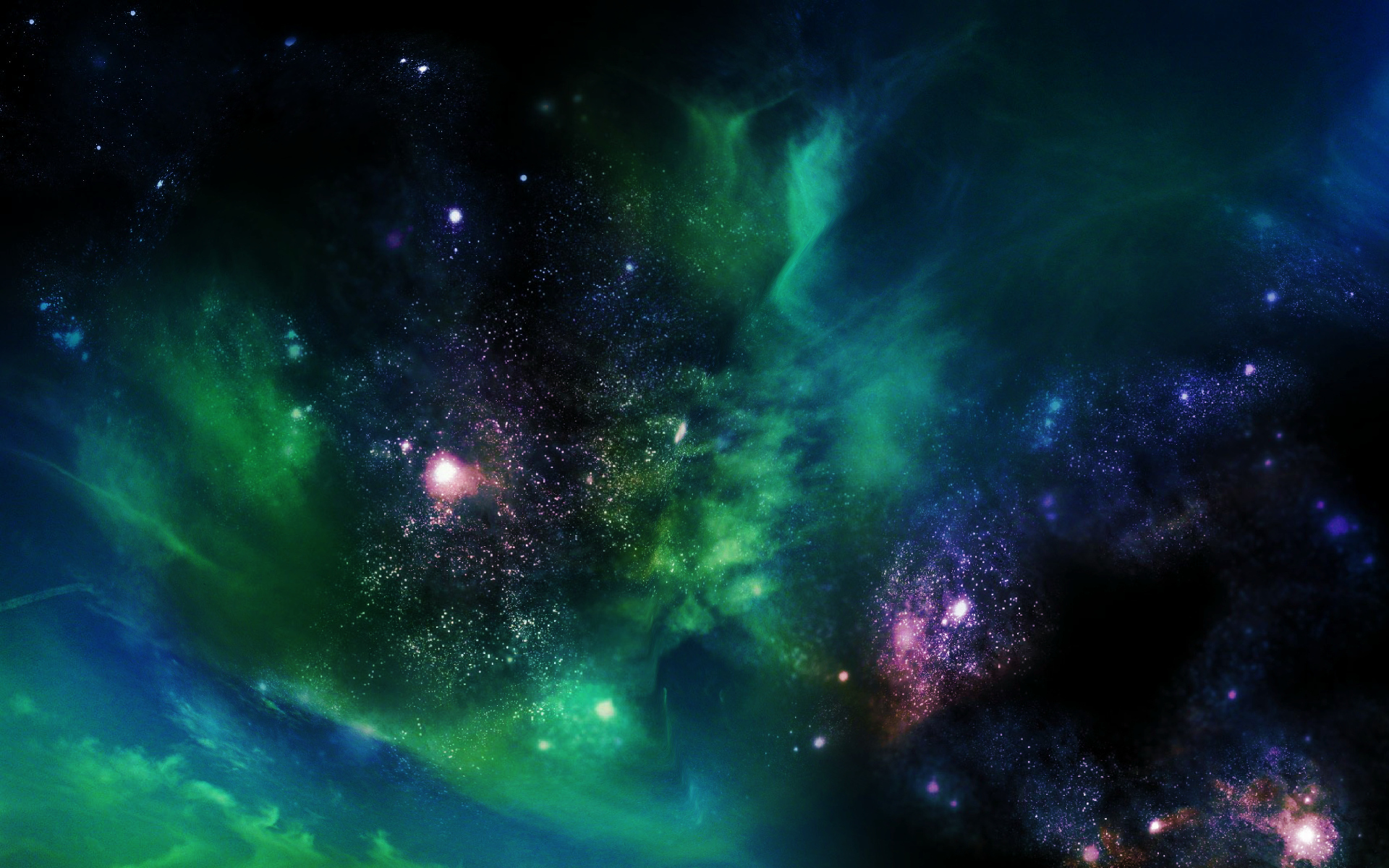
A team of scientists has come up with a wild new way to visit our closest star Proxima Centauri using a swarm of tiny spacecraft.

The signal appears to emanate from the direction of our neighboring star and cannot yet be dismissed as Earth-based interference, raising the very faint prospect that it is a transmission from extraterrestrial intelligence.

The red dwarf Proxima Centauri, just 4.2 lights years away. Recently, U.S. astronomers using data collected from the Hubble Space Telescope 25 years ago, have confirmed the presence of an exoplanet Proxima Centauri c.

The closest star to the Sun is a small red dwarf star known as Proxima Centauri. It is only 4.2 light-years away and is now known to have an Earth-sized planet in its habitable zone.

A new NASA-led study shows that Proxima b could support the existence of an ocean on its dayside, which means it could still be habitable.

The ALMA Observatory in Chile has detected dust around the closest star to the Solar System, Proxima Centauri. The data may indicate the presence of an elaborate planetary system.

A team of ex-NASA scientists is now seeking private funding to scour the Alpha Centauri system for habitable planets.

A new planet that bears striking similarities to our own planet prompts remarkable inroad into the study of space. This also brings a new area to search for the possibility of extraterrestrial life.

Scientists are preparing to unveil a new planet in our galactic neighborhood which is "believed to be Earth-like" and orbits its star at a distance that could favor life. The exoplanet orbits a well-investigated star called Proxima Centauri, part of the Alpha Centauri star system.